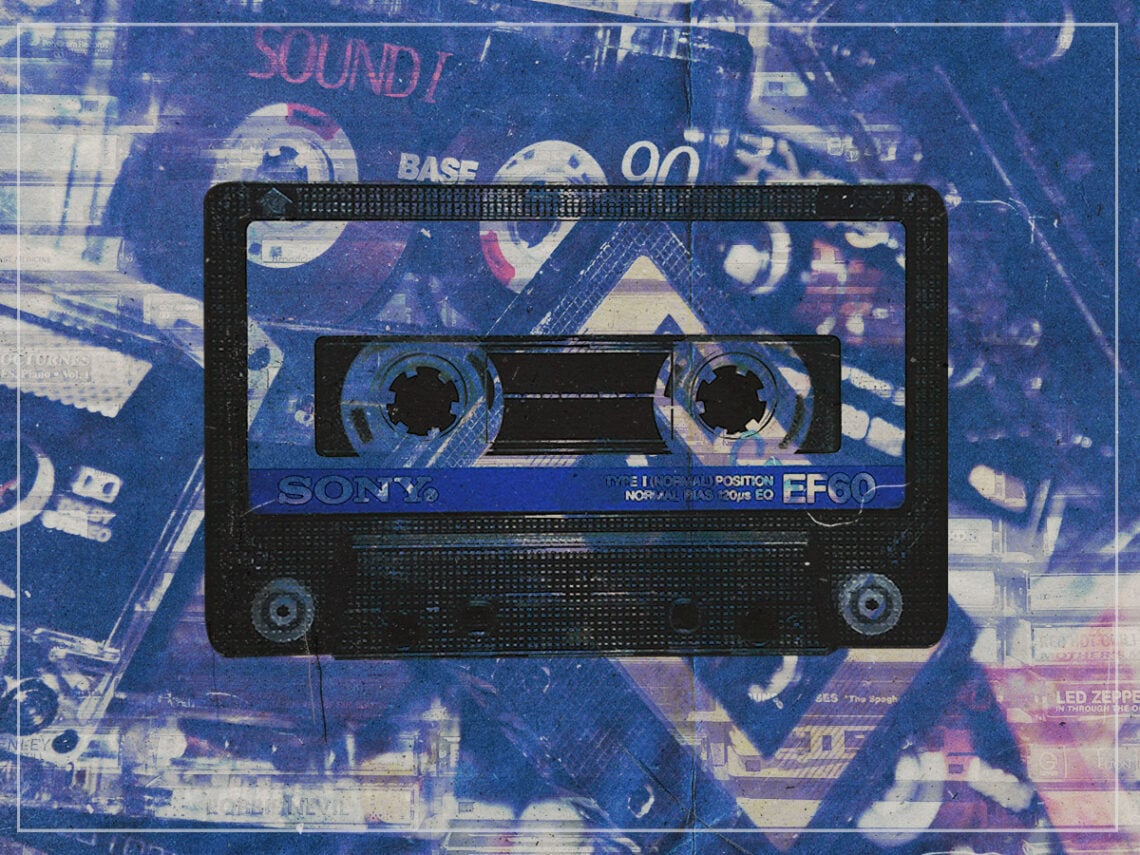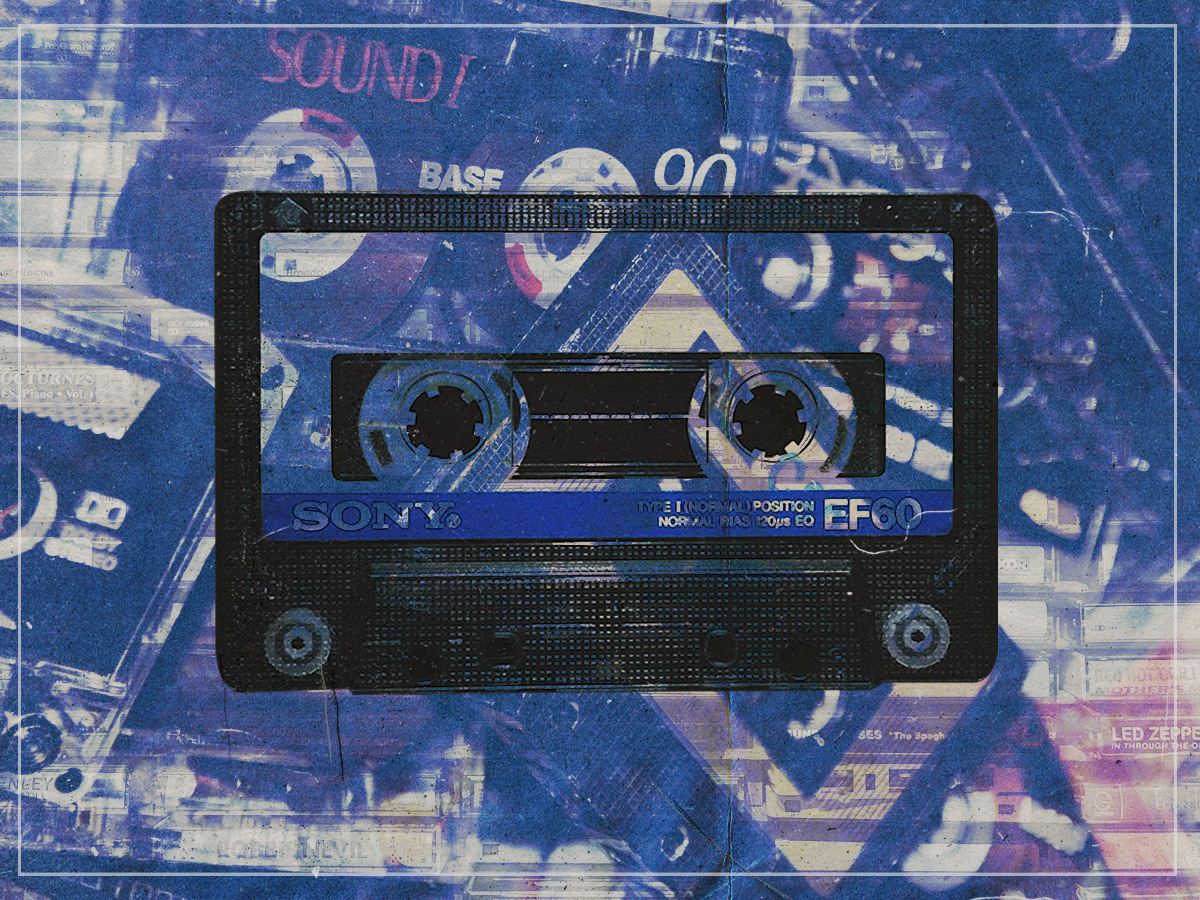
(Credits: Far Out / Sai Harish / CAR GIRL)
Thu 26 June 2025 23:00, UK
Liz Phair didn’t envision herself as a “lo-fi” indie rock artist. But in 1990, as a broke, 23-year-old art school grad forced to move back into her parents’ house in suburban Chicago, she didn’t have any of today’s advanced digital home recording options at her disposal. She was somewhat lucky, in fact, to even have access to a four-track cassette recorder, which enabled her to lay down some of her new song ideas and tinker with them in her bedroom.
These songs, call them demos if you wish, would eventually become known as the ‘Girly Sound’ tapes, and for a while, they were the most sought-after, mythologised recordings in the city of Chicago. Never mind how raw and fuzzy-sounding the tracks were; on the contrary, the DIY elements—the guitar echoing off the bedroom wall, Phair’s voice cracking here and there, and the ever-present hiss of the tape—absolutely added to the experience rather than detracting from it.
By 1993, Phair had signed with the New York indie label Matador and released her much heralded debut album, Exile in Guyville, which shed the hiss for a more professional brand of studio reverb. Within another few years, she’d be putting out slickly produced pop albums and alienating the indie kids who’d worshipped her back in the ‘Girly Sound’ days. Liz Phair had always been a pop songwriter, though. The hiss was just a matter of circumstance.
So what is it about the sound of tape hiss that generates such a strong emotional response in people, and is this effect universal or primarily a phenomenon amongst Gen X-ers and Millennials?
Kids of the 1980s and early ‘90s are certainly more prone to a personal nostalgic connection to cassette fuzz, as many households of this period would have included at least rudimentary, easy-to-use tape recording technology, allowing to capture songs off the radio or record our own embarrassing bedroom ballads, usually sans microphone or any useful sound-editing gear. The hissing sound on these tapes might not be that noticeable when you’re listening back to your a cappella childhood cover of Bryan Adams’ ‘(Everything I Do) I Do It for You’, but there’s always that moment between the last note of the song and the pressing of the “stop” button when you’re left in a brief liminal oblivion, soundtracked only by that mournful, expectant hum.
Back in 1992, as the cassette demo golden age was nearing an end, recording engineer Paul White wrote an article in Recording Musician that explained the actual science behind tape hiss, and how it wasn’t necessarily a result of ambient sound being captured in a room, but the interplay of unseen materials landing on the recording tape itself.
“Because the signal recorded onto tape is statistical in nature,” White wrote, “there is always some random element which manifests itself as a background hiss. Even blank, unrecorded tape creates a hiss if you play it, as all the randomly charged magnetic particles conspire to create a random electrical signal.”
By the late ‘90s, tape hiss was having its glow-up moment, as artists from the worlds of trip-hop, hip-hop, and IDM began manufacturing their own stylised hiss effects—much as they had with vinyl record crackles—to elicit a unique nostalgic feel. Groups like Boards of Canada particularly excelled at this, recognising early on how the intimate and familiar aspects of standard home cassette recording could take on a “haunted” quality when the listener revisited those sounds from a greater distance away in time and space.
Modern lo-fi musicians and cassette revivalists continue to experiment with this effect, and thus, the tape hiss lives on. Still, there’s something different about the real thing; those ‘80s and ‘90s DIY bedroom recordings in which the musicians had no ulterior motives or desire to be “deconstructive”. If you’ve ever listened to Daniel Johnston’s original tapes or John Darnielle’s early Mountain Goats albums, you’ll recognise this difference.
I would also nominate the far more obscure ‘Botany Sessions’ by the Australian indie-pop band The Go-Betweens as a tape hiss classic. These officially unreleased 1989 recordings were demos for what would have been the band’s seventh album, but they broke up before properly bringing them into the studio. The result, I think, is something much more timeless and captivating, a little ghost that almost got away. Artificial intelligence could probably clean up this hiss now, but why would you let it?
Related Topics
The Far Out Music Newsletter
All the latest music news from the independant voice of culture.
Straight to your inbox.
